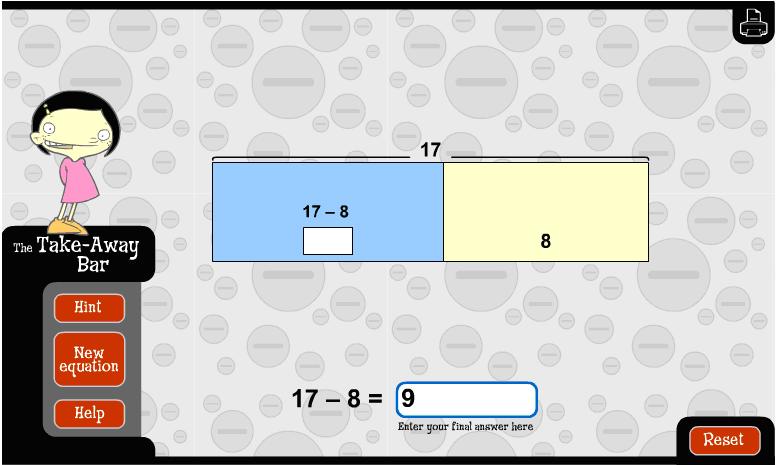Mathematics Education (Signadou)
Teaching with Learning Objects:
Examples of Learning Objects
As suggested above, Learning Objects will support a range of Key Learning Areas in a rich and integrated way. Catch the Thief offers an imaginative scenario with a variety of inputs and strategies by which students may move towards a well-defined goal. While identified as a resource for literacy, it offers excellent cross-curricular potential, including possible links to forensic science.
In terms of Significance, it is potentially high on all elements. Student background knowledge is valued; the context is inclusive, integrated and connected, and strong elements of narrative are present. Opportunities to build cultural knowledge have been deliberately included where possible: the remaining paintings in the Art Gallery are identified by artist, title and other relevant information, which may supply a springboard for further study.
Each Learning Objects offers strong support for promotion of a quality learning environment. Although not explicitly serving an assessment purpose, each makes explicit the expectations of the task and the criteria by which success may be achieved. Expectations are high for all students, while providing avenues for a wide range of possible levels of outcome. The nature of the Objects is likely to prove highly engaging for many students, and each promotes self-regulation and student direction.
The achievement of Intellectual Quality criteria, however, for the most part remains in the hands of the teacher. Whether deep knowledge and understanding and higher-order thinking are achieved will certainly depend on the way in which the Object is used within the learning situation. As with any teaching resource, engagement does not guarantee learning. It remains the prime responsibility of the teacher to make explicit the links between the physical (What are they going to DO?) and the cognitive (What are they going to LEARN by doing this?) Well-designed technology, of course, can greatly assist in this transition process by explicitly linking the concrete to the cognitive. In the case above, students are required to use written language to progress through the activity; a physical simulation would equally reward spoken language and so not engage students in the higher cognitive demands required.
The enormous variety of Learning Objects available will be of great assistance in meeting curricular needs across a range of disciplines. As always, the possibilities for integration and cross-curricular connection will remain the responsibility of teachers and be limited by the capacity of teachers to "think outside the square". The design and "searchability" of the Objects should serve to encourage such connections to be made and suggest possibilities for those with an open mind. Examples such as Catch the Thief and Where does Speeding Get You? are typical of the rich and integrated "game-scenario" objects available. Student control, physical involvement, competition and context all work to guarantee that this will be a popular activity (especially for boys?) but links to the "big ideas" of calculus and rates of change may not be obvious to teachers looking for explicit content connections.
Unfortunately, the majority of mathematics objects released to date appear strongly content driven. The few cross-curricular, integrated "rich tasks" are far outnumbered by specific-purpose activities designed to develop and consolidate understanding and skills of particular content areas, especially rational numbers. Granted that this remains an area of need – effective means of teaching those "difficult" areas – but it would be hoped that the nature and design of these Learning Objects will work towards a necessary shift in emphasis away from content and onto process as a means of increasing the relevance and transferability of mathematics learning.
Certainly, rich mathematical objects are to be found, and all will satisfy particular needs, but there remains an element of contrivance in many of these which leaves a feeling of disappointment. Perhaps it is my expectations that are unreasonable, and my vague unease unjustified?
Learning Objects from Another Perspective

Room 206 Phone 02 62091142






 Stephen Mark
ARNOLD
Stephen Mark
ARNOLD